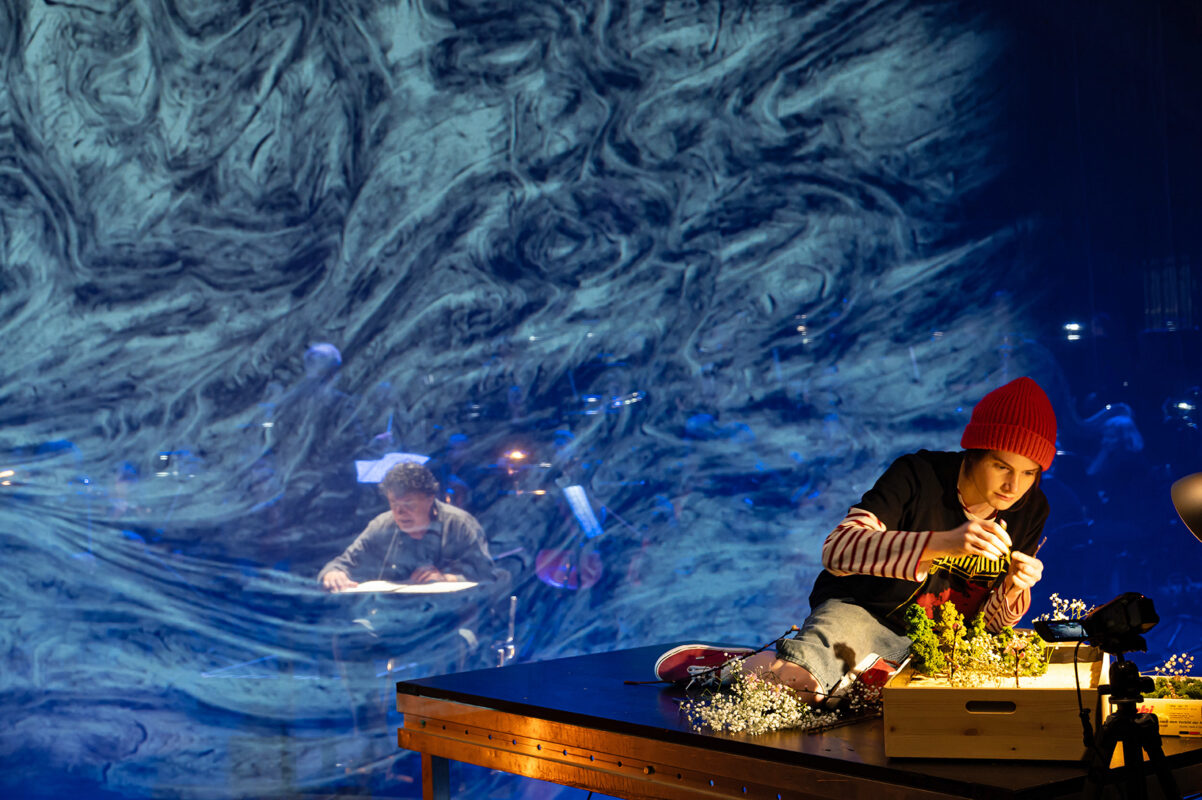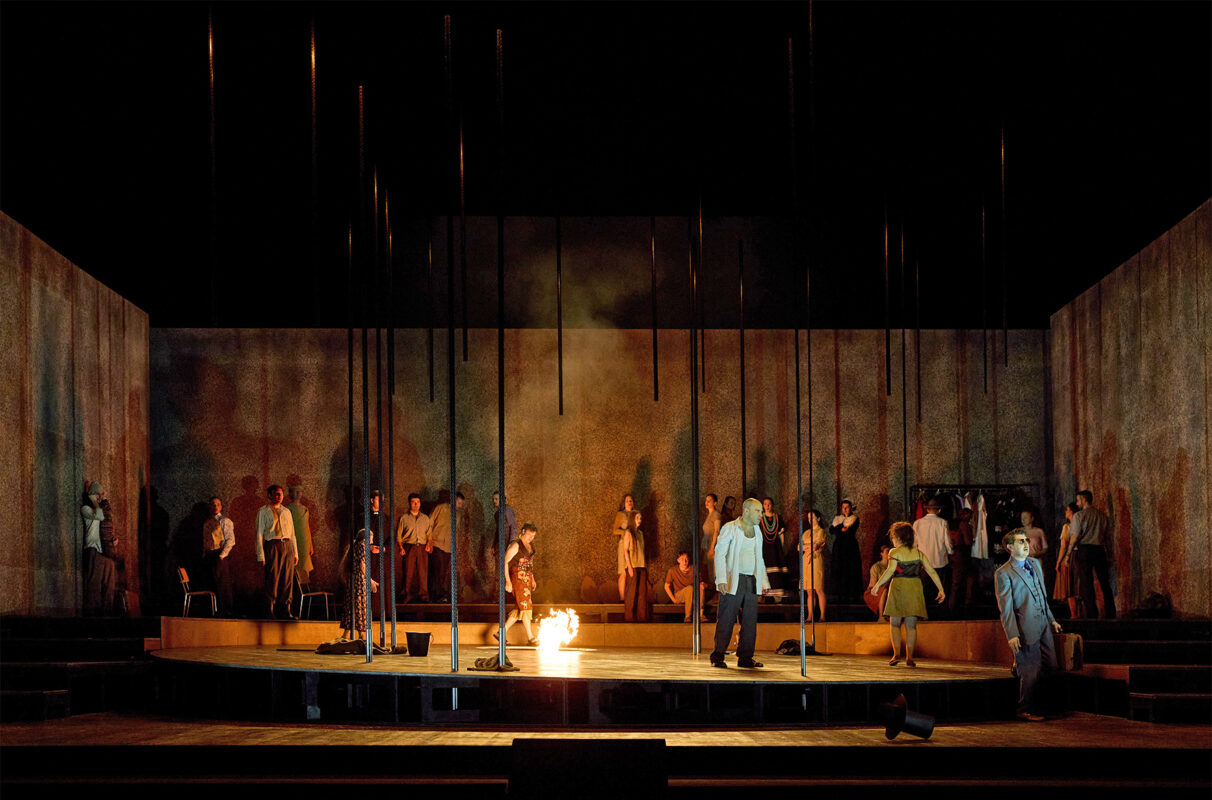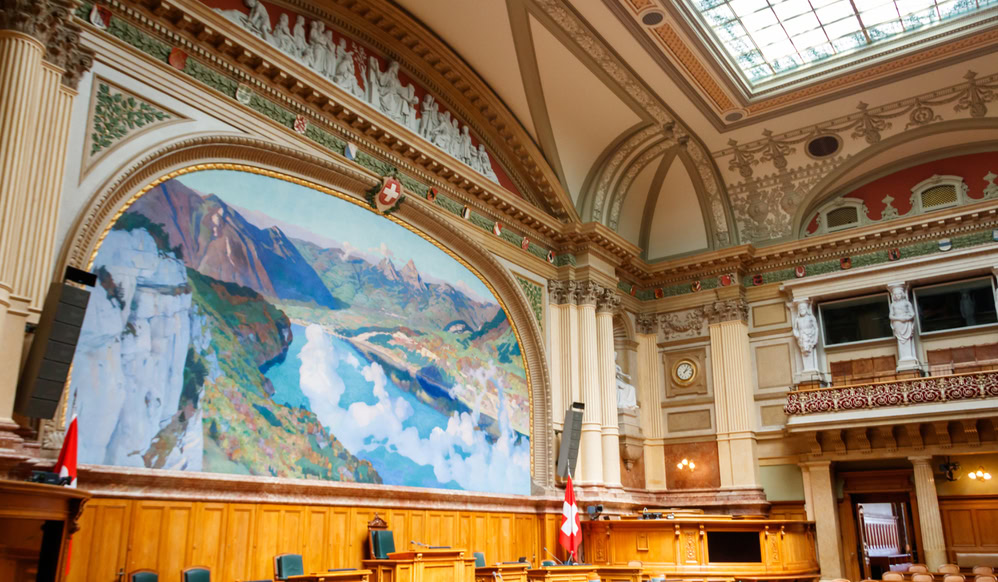Colossal chatter harmony
The interplay of Tinguely's four "Méta-Harmonies" and the mobile "Klamauk" can be experienced for the first time - an extraordinary sound experience. A rich supporting program rounds off the exhibition until January 21, 2017.

We see gear trains hanging in rusty frames. The large wheels interlock and evoke crazy, oversized clockworks, fantasy machines and mysterious mechanical devices. Broken musical instruments and sound bodies are incorporated into the machine constructions. Symbols from the fund of art history alongside industrial and everyday objects in surprising functions, glass bowls, oil drums, cesspools and slag hammers complete the colossal sculptures. Despite the rust and numerous traces of transience, bright, cheerful colors predominate. At rest and at first glance, the four music machines resemble each other, but their sounds are completely different. A press of a button brings them to life, and then they reveal their full individuality for a few minutes.
Méta-Harmony I is the most melodic, violin and keyboard instruments are central elements. Hidden in the gears, a garden gnome with an accordion spins around its own axis as if possessed. Children's toys are very present, a wooden Pinocchio figure glides over the keys of a destroyed piano. Trying to assign the sequence of sounds to the mechanical movements and the resulting images takes some patience. But there is the sound of keyboard instruments, a scale forms the melody for muffled beats and rattles. Listening, recognizing and trying to understand the mechanisms, or allowing yourself to be amazed by the flow of associations - both approaches have their appeal.
The most opulent piece in the show is the Méta-Harmony 3 from the year 1984, also Pandemonium No. 1 called. Animal skulls that rattle their jaws. An old plastic rabbit and an eagle sculpture turn on their own axis, fifty-two motors move wheels whose imaginary axes criss-cross the room. New details become visible as your attention is drawn to the sounds. The whole machine is adorned with colorful tufts of feathers. Light effects make the machine flash and shine, and you can sense that Tinguely's confrontation with death is not tragic or frightening, but a baroque feast for the senses that does not deny its reference to the Basel Dance of Death.
Tinguely's synthesis of the arts
Méta-harmony is a challenging word. Annja Müller-Alsbach, curator of the exhibition, explains it like this: "The sounds that Jean Tinguely produces with his machines, the shrillness and croaking, rattling and rumbling, are the opposite of harmony. His sculptures are not music machines in the true sense of the word, but sound mixing machines. From the very beginning, Jean Tinguely used sounds as artistic material. He often took up found everyday and industrial sounds, which he treated as found objects, just like his sculptural objects. The acoustic stimulus emanating from the sculptures is intended to complement the visual stimulus. Hearing and seeing are synonymous for the understanding of his works.
He saw his Méta-Harmonies as independent phenomena, even if references to minimalist New Music or the Fluxus movement, John Cage and Robert Rauschenberg are recognizable. However, Jean Tinguely was not interested in making a contribution to the music of his time, but rather in a synthesis of the arts.
The solo performance of each individual Méta-Harmony is an experience that will amaze and amuse you. But don't miss the opportunity to see the four Méta-Harmonies and the mobile sculpture Klamaukwhich complements the series, in interaction. Then something unexpected happens: harmony actually emerges. The tones and noises of the five sculptures interlock, complement or cancel each other out, creating soundscapes that form melodies and rhythms. This is astonishing when you consider that the works were created over the course of eight years and were delivered to their clients immediately, so that Jean Tinguely himself never had the opportunity to experience them in dialog. The interplay of the music machines can be followed in the exhibition several times a day, every half hour.
In his opening speech, museum director Roland Wetzel emphasized the uniqueness of the event: "It is unlikely that the large sculptures will be reunited in the foreseeable future. Two are in the collection in Basel, one in Vienna, and Méta-Harmony 3 from Karuizawa, Japan, was on its way as sea freight for eight weeks before it could take its place in the showroom.








